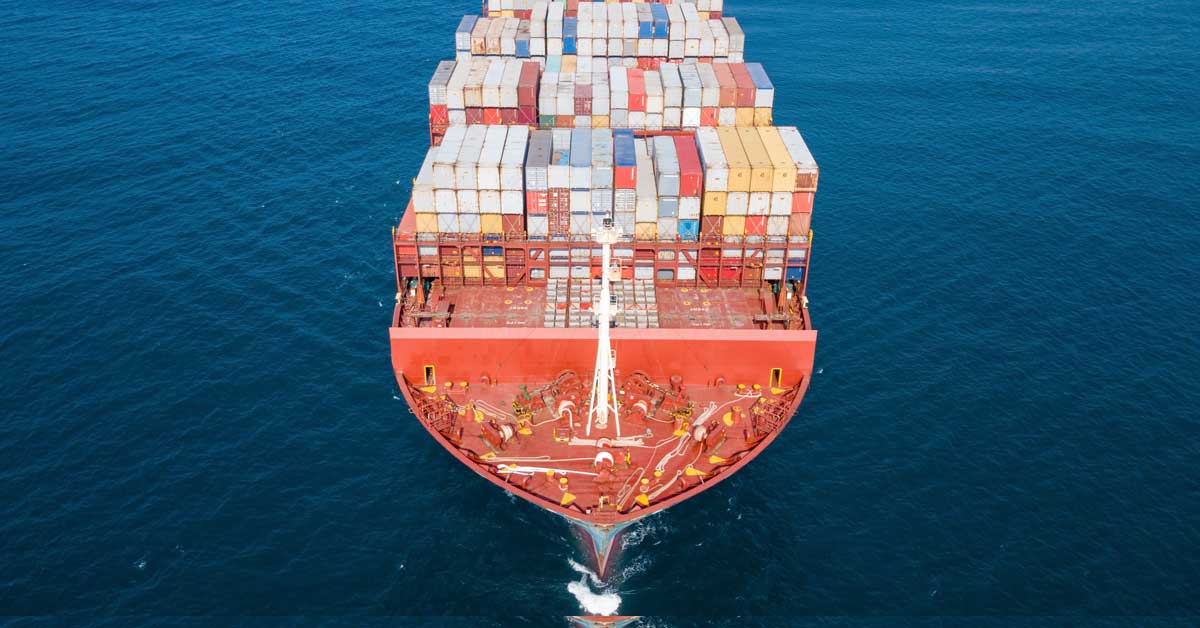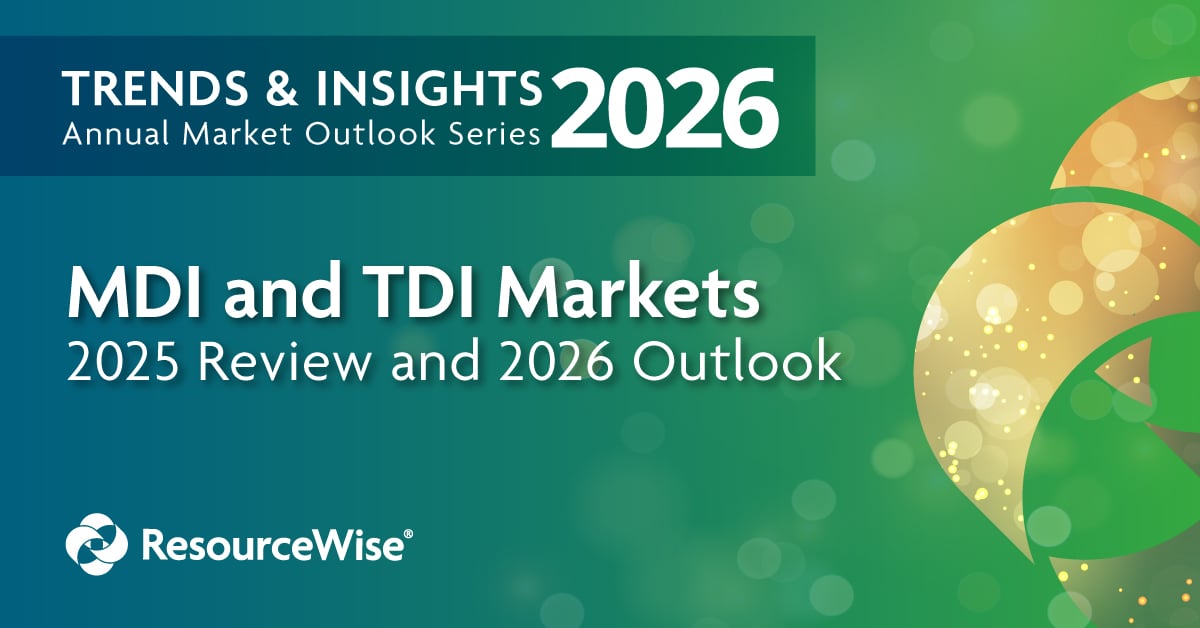3 min read
5 Critical Insights on the Carbon Dioxide Removal Market
ResourceWise
:
May 22, 2025 3:30:31 PM

Carbon dioxide removal (CDR) is emerging as one of the most promising tools in the global decarbonization toolkit. With net-zero targets looming, companies and governments alike are turning to CDR not just as a compliance strategy, but as a strategic advantage.
In a recent ResourceWise webinar, Mat Stone (ResourceWise’s VP of Low Carbon Fuels) explored the fast-evolving CDR landscape—highlighting both the opportunities and the roadblocks in this nascent but critical market. Below are five key insights that every stakeholder in decarbonization, energy, and sustainability should understand.
1. The CDR Market Is in Its Infancy—But Growth Is Inevitable
The current CDR market is best described as being in a "hobbyist phase." While some deals are very big, the market remains small, experimental, and fragmented. Project sizes are modest, price discovery is poor, and there is little standardization in contract structures or credit verification.
Yet this early-stage immaturity mirrors the early days of other now-thriving environmental markets, from biofuels to renewable electricity certificates.
The urgency of climate targets and increasing regulatory pressure mean that the demand for high-integrity carbon removals will grow exponentially. This creates a rare window for early participants to help shape market norms, influence pricing mechanisms, and build a strategic foothold while competition is still low.
2. Certification and Supply Chain Integrity Will Define Market Winners
One of the clearest parallels drawn in the webinar was between the evolving CDR market and the growing pains experienced in the biofuels sector. In particular, certification and credibility continue to bring challenges.
As with low-carbon fuels, CDR suppliers must ensure their carbon credits are traceable, auditable, and verified by third-party bodies. Fragmented supply chains, especially in biochar, are vulnerable to inconsistencies that can erode market confidence.
The message is clear: building trust from day one is essential. Companies that invest early in robust certification frameworks and transparent value chains will be better positioned to command premium pricing and attract corporate interests seeking reliable, long-term partners.
3. Biogenic CO₂ Streams Are Undervalued—and Hugely Strategic
Biogenic CO₂—carbon captured from natural or renewable sources such as ethanol fermentation or pulp production—is rapidly gaining attention as a critical input for BECCS (Bioenergy with Carbon Capture and Storage).
A notable case highlighted in the webinar involved an ethanol facility in North Dakota that has been quietly capturing and sequestering CO₂ for years, recently scaling to 160,000 tons annually. This facility represents the second-largest source of biogenic CO₂ in the world, after the pulp and paper industry.
For developers and investors, this signals a massive opportunity: securing access to high-purity biogenic CO₂ can enable participation in both the CDR and e-fuels markets. Doing so will improve both project economics and marketability.
4. Corporate Demand Is Accelerating—Driven by Risk and Reputation
Companies like Google, Microsoft, Stripe, and JP Morgan are not just investing in CDR—they’re embedding it into their operational strategies. Multiple enterprise-level firms now view CDR as part of their "license to operate."
With Google reporting 14 million tonnes of emissions in 2023, scalable solutions for neutralizing residual emissions are no longer optional—they are business-critical. These buyers demand more than offsets; they require permanence, traceability, and ease of integration into ESG systems.
Additionally, policies like the EU’s CSRD and US state procurement standards are institutionalizing demand. Companies able to meet this surge with credible supply stand to gain not only revenue, but long-term strategic partnerships.
5. Long-Term Investment Requires Securing CO₂ Feedstock First
Perhaps the most important takeaway from Mat Stone’s discussion: there is no point in building a carbon removal or synthetic fuel facility without first locking in a secure, verifiable stream of biogenic CO₂. It’s a foundational constraint—akin to siting a solar farm without sunlight.
As new CDR and e-fuel projects begin to scale, feedstock traceability and availability will increasingly dictate investment viability. Platforms like the Prima Carbon Mitigator are helping to create visibility into pricing and supply pathways.
However, the burden still rests on project developers to build reliable sourcing relationships early. Investors and companies who wait may find the best feedstock has already been claimed by first movers.
At the Ground Floor Moving Up
The carbon dioxide removal market is evolving from theory into action. As regulations solidify, technology matures, and corporate demand grows more sophisticated, stakeholders have a limited window to understand and influence this market’s direction. Whether you're a supplier, investor, or buyer, early engagement—anchored in traceability and credibility—will be essential to long-term success.
Want to learn more about the rapid growth of the CDR market? Watch the full webinar, Making a Market: The Future of Carbon Dioxide Removal, on-demand using the link below.






